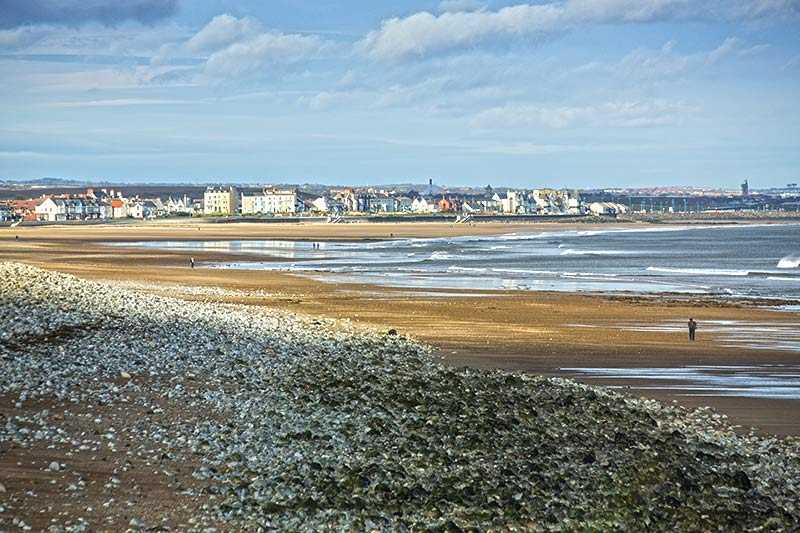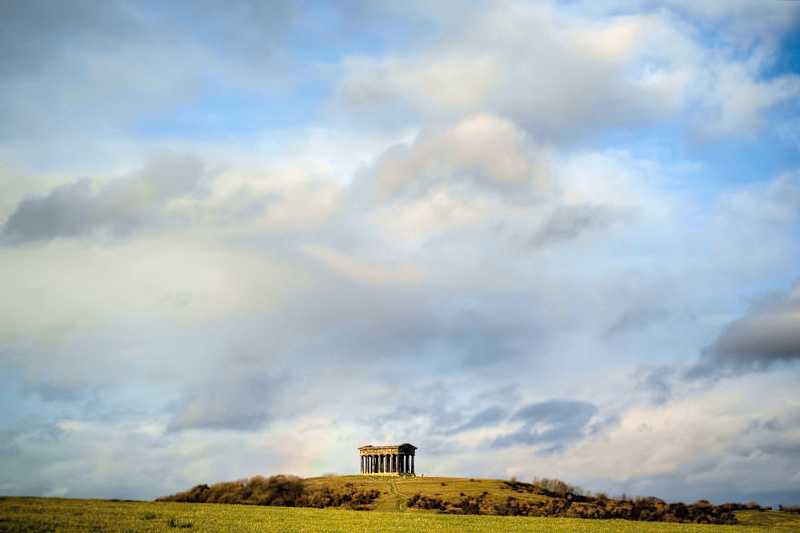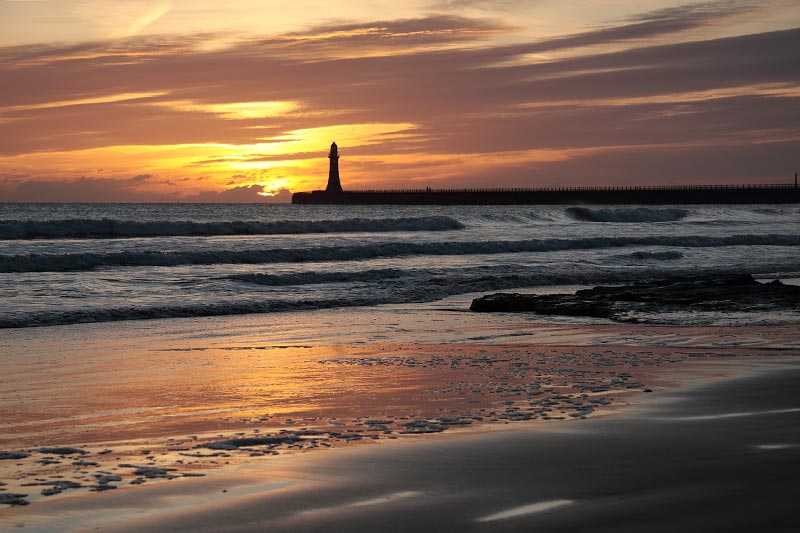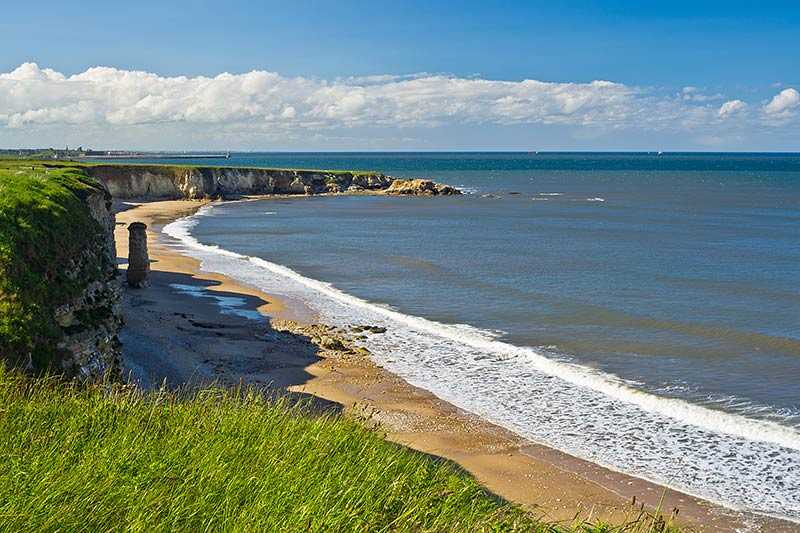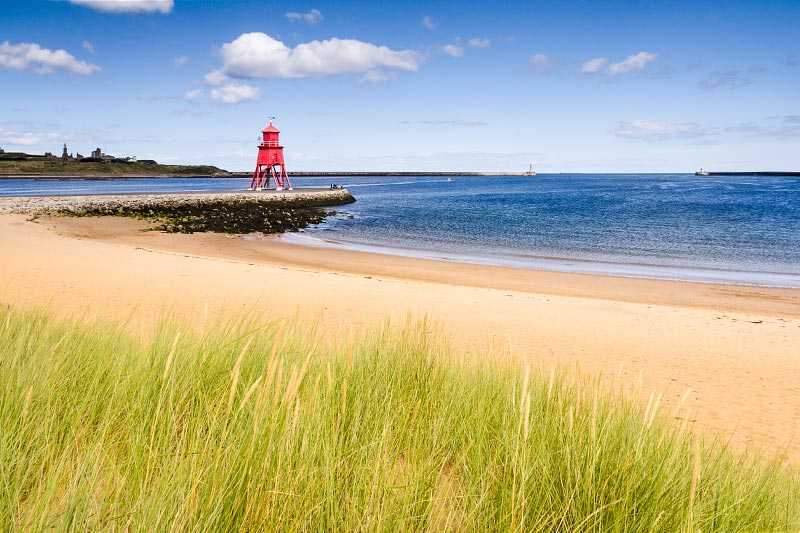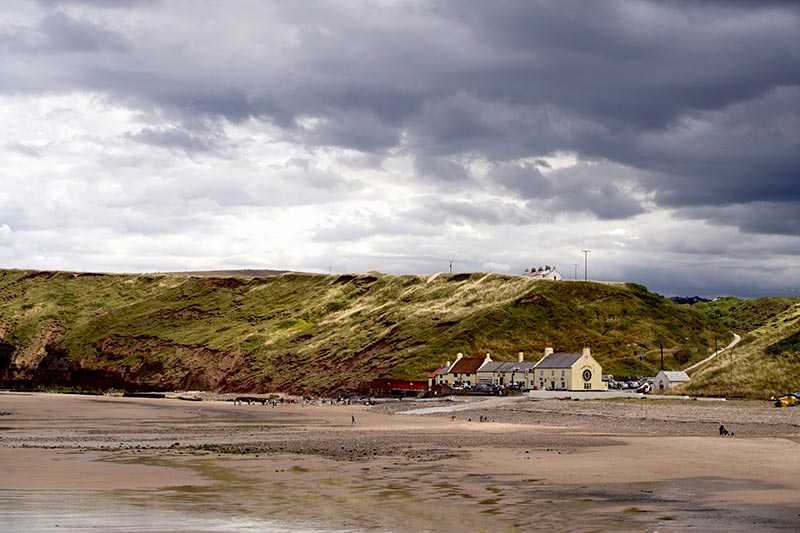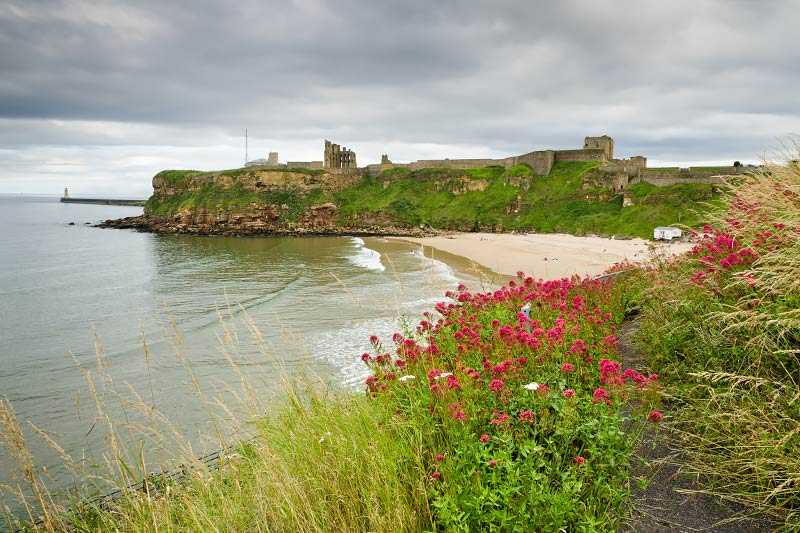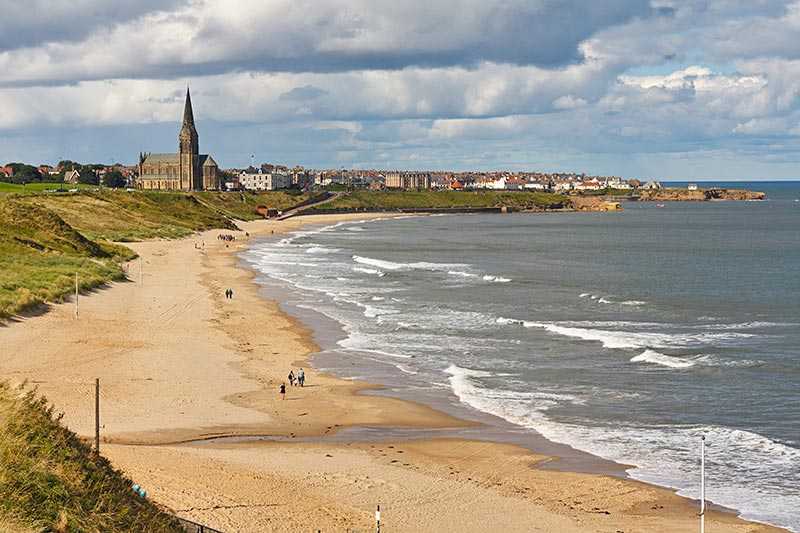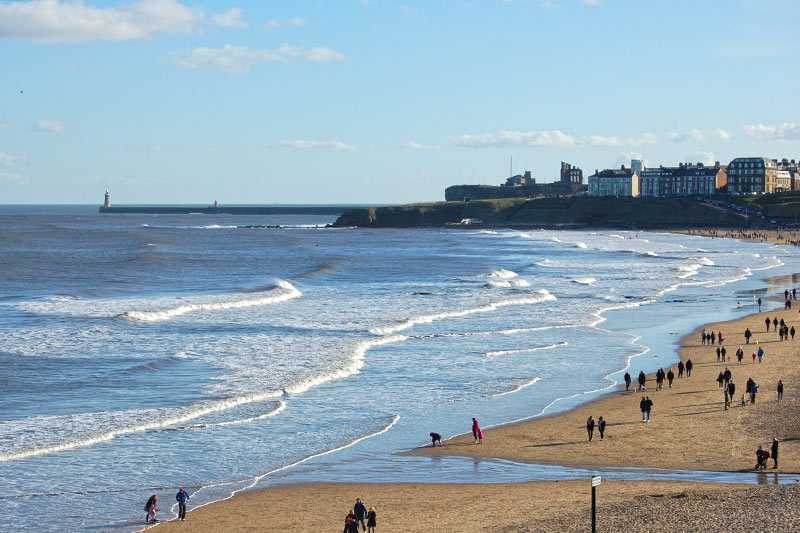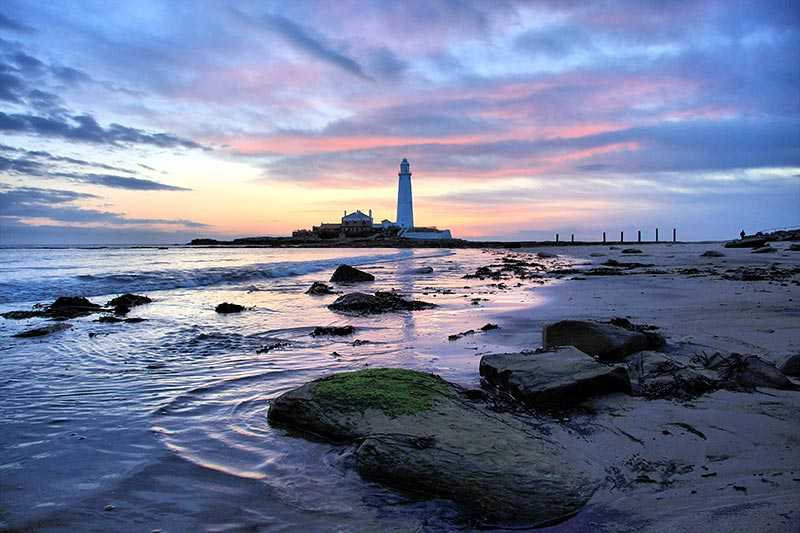Castle Eden Dene National Nature Reserve
About Castle Eden Dene National Nature Reserve
Both a Site of Special Scientific Interest and a National Nature Reserve, Castle Eden Dene covers over 200 hectares of natural woodland in C...
About Castle Eden Dene National Nature Reserve
Both a Site of Special Scientific Interest and a National Nature Reserve, Castle Eden Dene covers over 200 hectares of natural woodland in County Durham, England. The site preserves one of the largest surviving areas of semi-natural woodland in the North East of England.
The reserve itself stretches from deep inland down to the s...
Things to do near Castle Eden Dene National Nature Reserve
Attractions near Castle Eden Dene National Nature Reserve
Activities
About Castle Eden Dene National Nature Reserve
About Castle Eden Dene National Nature Reserve
Both a Site of Special Scientific Interest and a National Nature Reserve, Castle Eden Dene covers over 200 hectares of natural woodland in County Durham, England. The site preserves one of the largest surviving areas of semi-natural woodland in the North East of England.
The reserve itself stretches from deep inland down to the sea. The trees here are ancient elms, oaks, yews and beech which have been living here for generations, and have escaped the relentless encroachment of modern life by being nestled in an inaccessible limestone gorge.
Seasonal woodland flowers include primrose, Herb Paris, Rockrose, wood anemone and Ransoms, a close relative of the garlic family which gives off a similar aroma. Blomer’s Rivulet Moth, a nationally rare species of moth is known to live in the area and feeds off elm trees. The Northern Brown Argus butterfly, one of the rarest butterflies in the UK, feeds on Rockrose.
Badgers, foxes and roe deer are some of the larger mammals on the site, although it is not common to see these. Easier to spot might be the dragonflies and the Palmate, the UK’s smallest newt, both of which are common at the man-made pond by the visitors’ centre.
There are at least 12 miles of walks including two marked paths, one of 2.3 miles (3.5 km) and a shorter, 1.2 miles (3 km) in length. Straying from marked trails is allowed, but visitors are advised to take care, especially when the weather is wet as slopes are steep and can be slippy.
